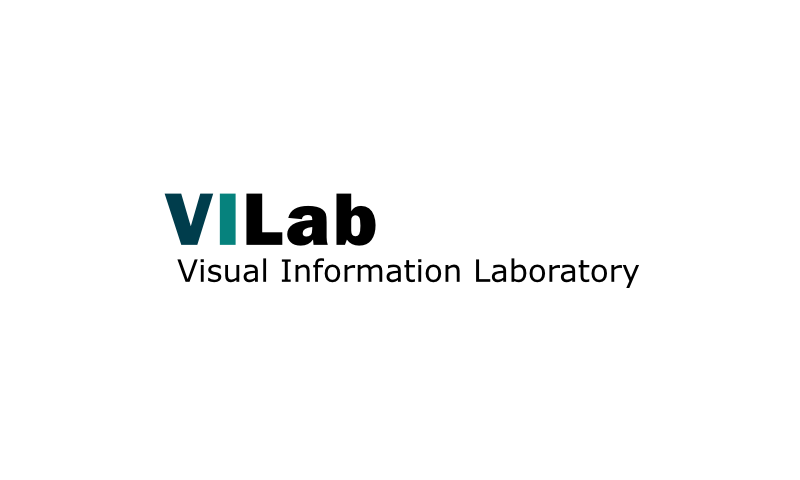Seminars
-

VILSS: Discriminative Feature Learning for Large-scale Data
2.59 MVBMengyang Yu, Northumbria University Computation on large-scale data spaces has been involved in many active problems in computer vision and pattern recognition. However, in realistic applications, most existing algorithms are heavily restricted […]
-

Cuttlefish vision in a 3-D world
Seminar Room, Life Sciences Building Tyndall Avenue, BristolBVI Seminar with speaker Professor Daniel Osorio from University of Sussex.
-

BVI Seminar: Why do animals look and behave the way they do?
Seminar Room, Life Sciences Building Tyndall Avenue, BristolBVI Seminar with speaker Dr. Karin Kjernsmo from University of Bristol.
-

VILSS: Global description of images. Application to robot mapping and localisation
VILab Seminar with speaker Luis Payá from Miguel Hernández University, Spain
-

VILSS: Human Action Recognition and Detection from Noisy 3D Skeleton Data
Mohamed Hussein, Egypt-Japan University of Science and Technology Human action recognition and human action detection are two closely related problems. In human action recogniton, the purpose is to determine the class […]
-

BVI Seminar: The effectiveness of camouflage; predator learning and new modelling approaches
Seminar Room, Life Sciences Building Tyndall Avenue, BristolJolyon Troscianko, Exeter University Abstract: Evading detection is crucial for the survival of many animals, and number of different means of achieving camouflage have been discovered. I will discuss my […]
-

BVI Seminar: Marked Point Processes for Object Detection and Tracking in High Resolution Images: Applications to Remote Sensing and Biology
Josiane Zerubia, INRIA, France Abstract: In this talk, we combine the methods from probability theory and stochastic geometry to put forward new solutions to the multiple object detection and tracking problem […]
-

BVI SEMINAR:New technologies for improving the representation of human vision
Seminar Room, Life Sciences Building Tyndall Avenue, BristolRobert Pepperell, Cardiff Metropolitan University Abstract: What is the best way to represent the three-dimensional world we see on a two-dimensional surface? For several hundred years there was basically one […]
-

BVI Seminar: Exogenous visual attention and the primary visual cortex
Seminar Room, Life Sciences Building Tyndall Avenue, BristolZhaoping Li, University College London I will present a theory that primary visual cortex creates a saliency map to guide attention exogenously, and show how this explains and predicts experimental […]
-

BVI Seminar: Psychophysical probes into spatial vision: you ain’t seen nothin’ yet.
Seminar Room, Life Sciences Building Tyndall Avenue, BristolTim Meese, School of Life and Health Sciences, Aston University. Everyone knows what cosmologists do: they gaze out into the sky to see the secrets of what’s out there, matching observations […]
